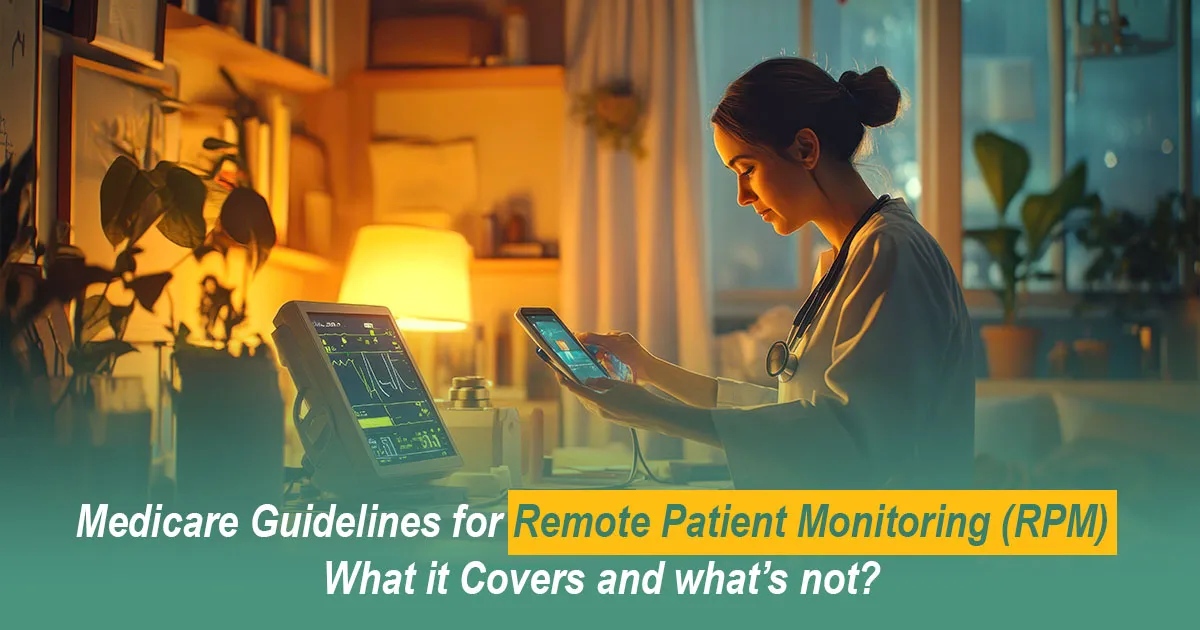
Posted By: Medsole RCM
Posted Date: Jul 07, 2025
Now a days in healthcare industry Remote Patient Monitoring (RPM) has become an important component, helping providers to give services other than clinic as well. Especially for patients having serious conditions, RPM supports regular checking and better results.
Medicare recognizes the value of RPM and give reimbursement under specific guidelines. However, many healthcare professionals doing struggle to understand what Medicare covers and what are the limits. At MedSole RCM, we support practices in navigating the RPM billing process with accuracy and transparency.
This blog explains what you need to know about Medicare’s coverage of Remote Patient Monitoring (RPM), including what to bill, which devices qualify, and when claims may be denied.
The use of medical devices for collecting and transmitting of data from patients at home to healthcare providers is Remote Patient Monitoring. This process helps to get data on time and accurate for the patient’s condition.
RPM is typically used to monitor:
Medicare offers reimbursement for RPM for specific Current Procedural Terminology (CPT) codes, but the condition is that it must meet compliance and some important documentation requirements.
For Medicare reimbursement, RPM services should meet a few basic requirements:
Healthcare providers must use the following codes for billing RPM services:
Each code serves a unique purpose and requires specific documentation. Only one provider can bill RPM services for a patient in any 30-day period.
1. Setup and Education:
Covers the initial setup of the monitoring device and patient onboarding. This is billed once per episode of care.
2. Device and Transmission:
Applies when the patient uses the device for at least 16 days in a calendar month. Its mandatory to transfer data electronically without manual input.
3. Regular Monitoring:
Providers must spend more than 20 minutes to review data and communicating with the patient each month. The whole time must be tracked and documented.
4. Acute and Chronic Conditions:
RPM is not only specified for chronic illnesses. It can be used for post-operative recovery, temporary health concerns, or acute conditions if medically suitable.
5. Use in Home Settings:
The patient must be residing at home. Medicare does not cover RPM for patients in nursing facilities, in homes or long-term care centers.
Despite its benefits, RPM has limits under Medicare guidelines:
1. Manual Data Entry
Devices that require patients to manually enter results are not reimbursable. Data must be automatically recorded and transmitted.
2. Behavioral Monitoring
Tracking medication usage, mental health check-ins, and sleep patterns are not covered unless they directly relate to physiological monitoring.
3. Less Than 16 Days of Monitoring
If the patient does not meet the 16-day threshold within a month, the provider cannot bill for the device supply code.
4. Duplicate Billing
At one time only one provider or practice can bill RPM codes for a specific patient in a 30-day period.
5. Patients in facilities
Patients living in skilled nursing facilities, hospitals, or similar institutions are not eligible for RPM under Medicare rules.
As you look to bring a new level of patient care to your office by implementing remote patient monitoring (RPM), there are pitfalls you will want to avoid to ensure that you, your staff, and your patients get the most out of using this digital health solution. As AMA explains 3 missteps to avoid when implementing remote patient monitoring. MedSole RCM helps providers bill for remote monitoring programs accurately. We track and manage RPM data in line with payer guidelines. We handle the backend so you can focus on clinical outcomes. Choosing the right RPM partner has a lot of importance for maximizing revenue and improved patient outcomes. At MedSole RCM we deliver comprehensive RPM solutions from device setup and patient onboarding to billing compliance. We handle every step so you can focus on patient care.
Contact our Experts and get a free consultation for RPM services today.
1. Can we use Remote Patient Monitoring for short-term conditions?
Yes. Medicare allows RPM for both acute and chronic conditions if medically necessary.
2. Do I need to document patient consent for RPM?
Yes. Consent must be documented in the patient’s record before RPM begins.
3. How many days of data are required to bill for device usage?
At least 16 days of data must be transmitted in a 30-day period to bill 99454.
4. Can multiple providers bill RPM for the same patient?
No. Medicare only permits one provider to bill RPM per patient each month.
5. What type of devices qualify for RPM reimbursement?
Devices must automatically capture and transmit physiological data and be FDA-approved.
6. Is RPM considered a telehealth service?
No. RPM is not classified as telehealth, so it follows different billing rules.
7. Can RPM be billed with other care management services?
Yes, but time and documentation must be clearly separated for each service.
8. Is RPM covered for Medicare Advantage patients?
Most Medicare Advantage plans follow CMS guidelines, but it’s important to verify with each plan.
Recent Blogs
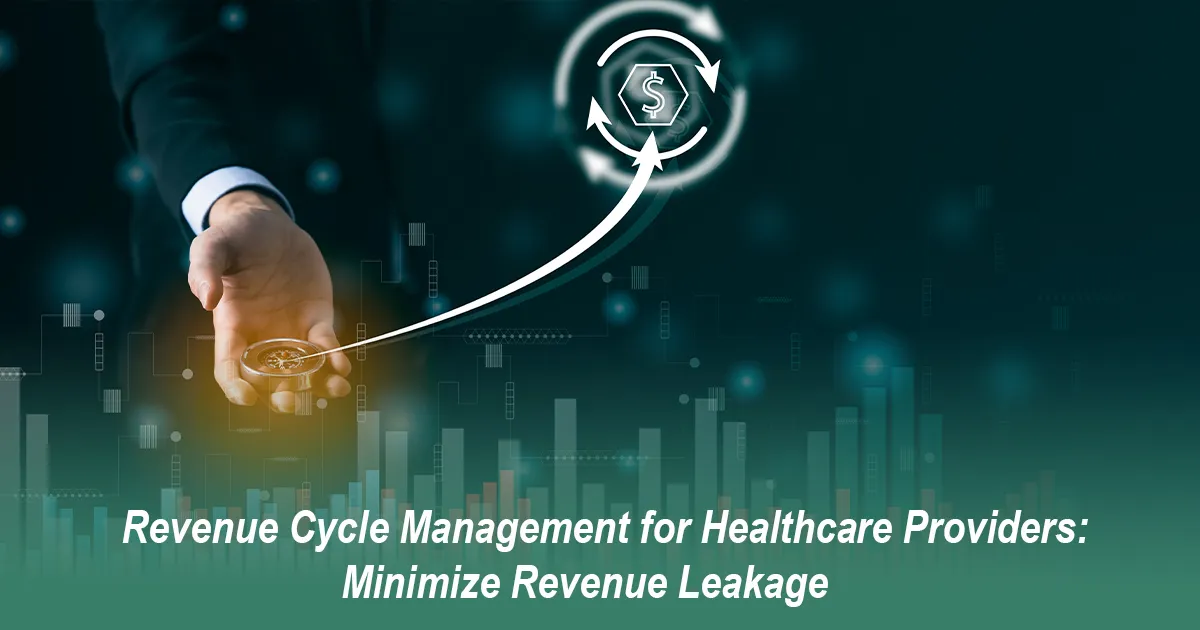
Posted Date: Jun 24, 2025
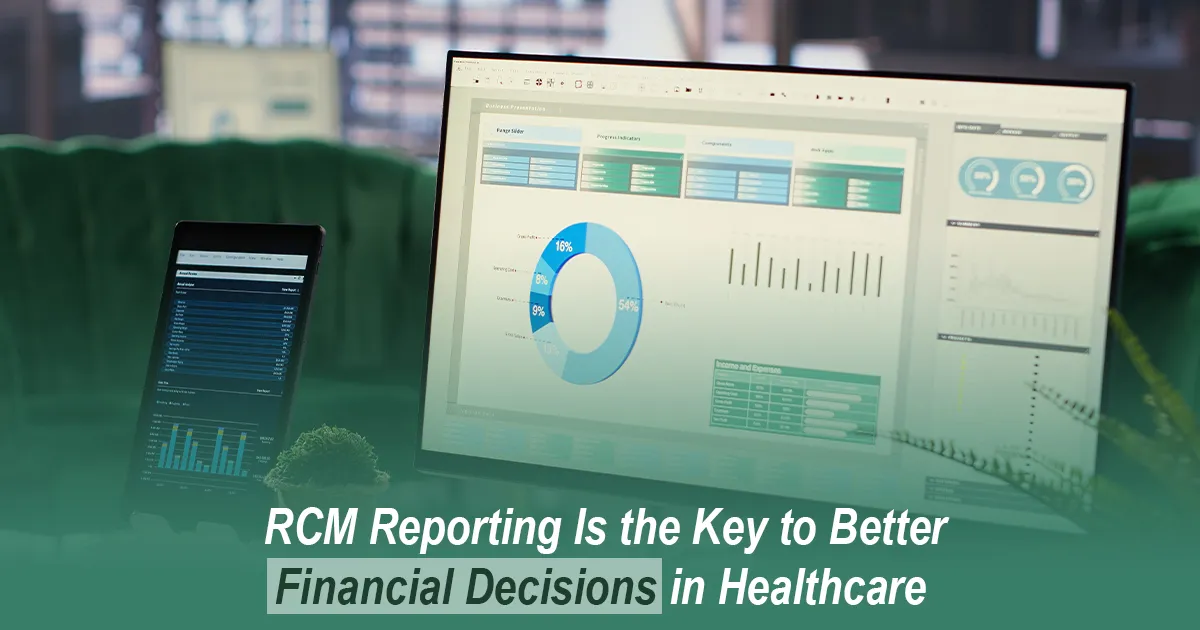
Posted Date: Jun 26, 2025
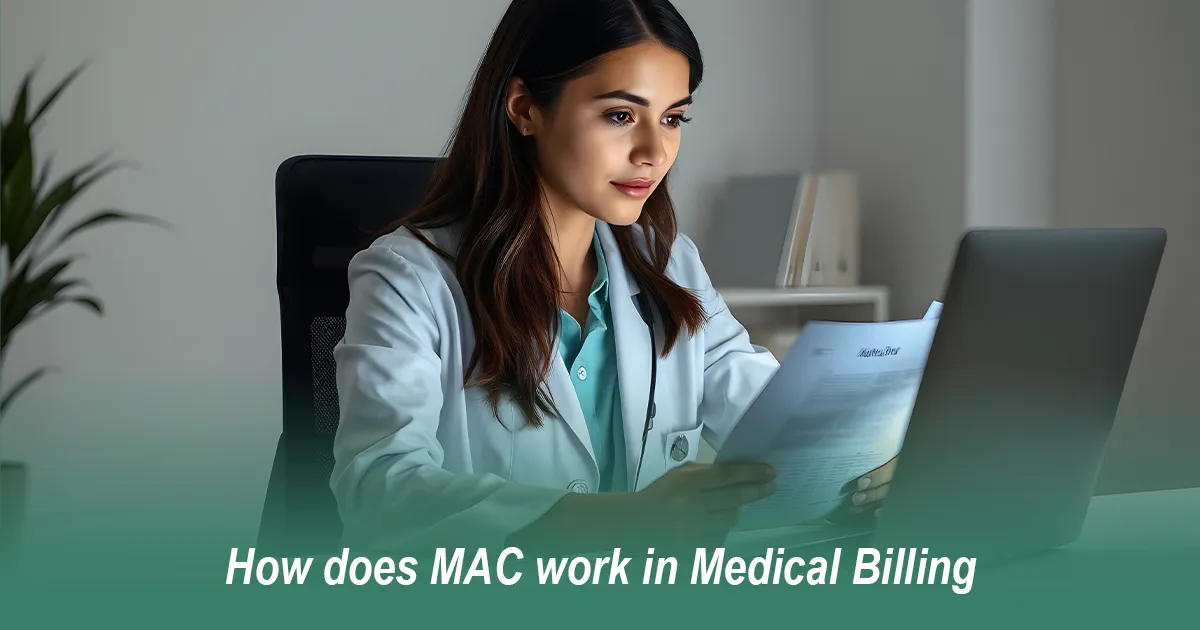
Posted Date: Jun 28, 2025
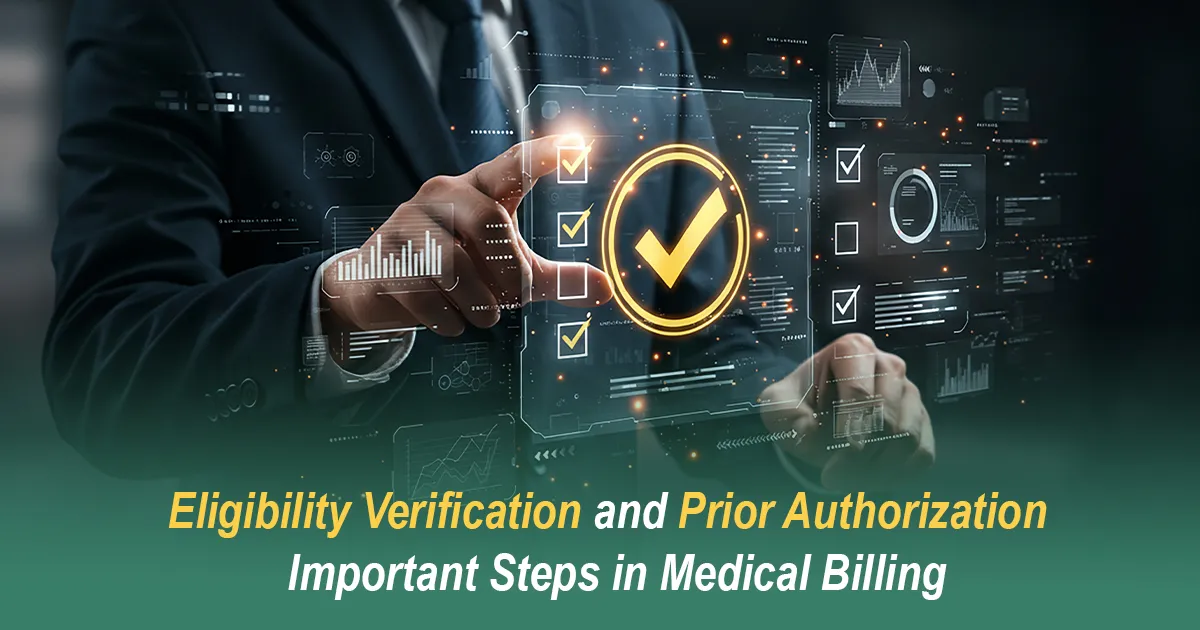
Posted Date: Jun 30, 2025

Posted Date: Jul 02, 2025

Posted Date: Jul 04, 2025

Posted Date: Jul 07, 2025
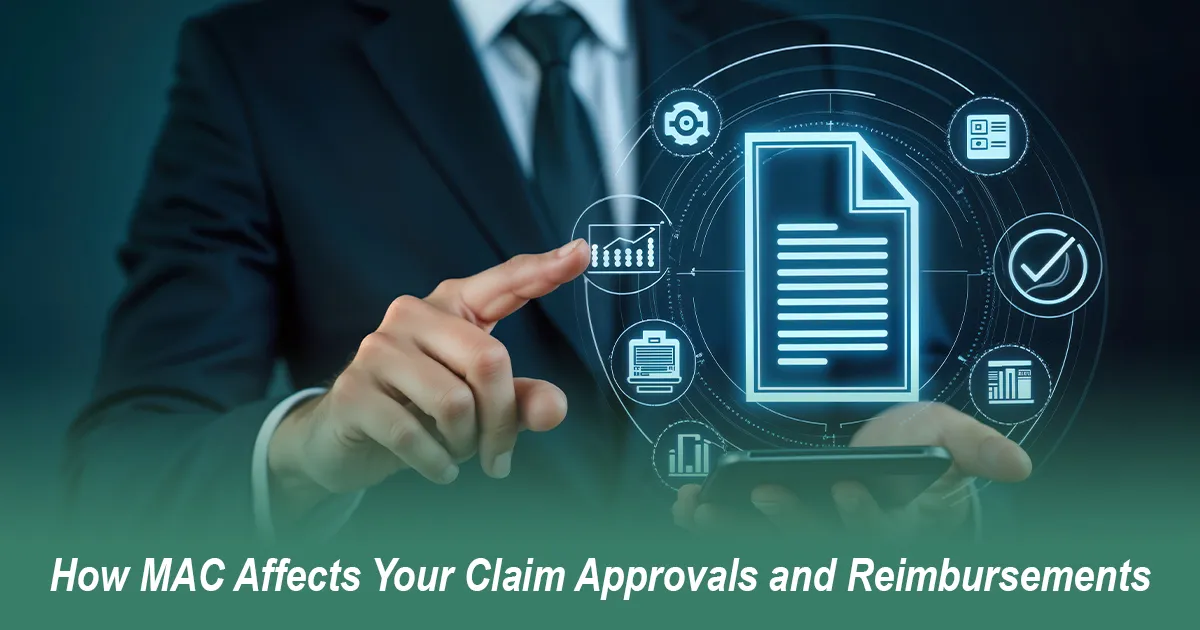
Posted Date: Jul 09, 2025
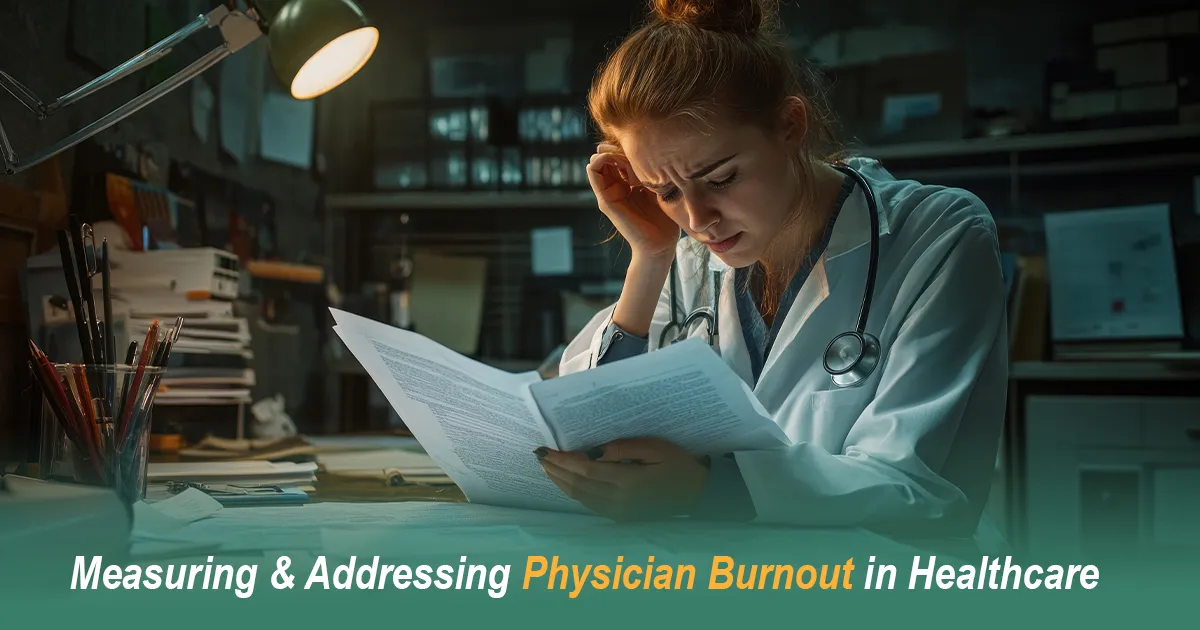
Posted Date: Jul 11, 2025

Posted Date: Jul 14, 2025

Posted Date: Jul 16, 2025

Posted Date: Jul 18, 2025
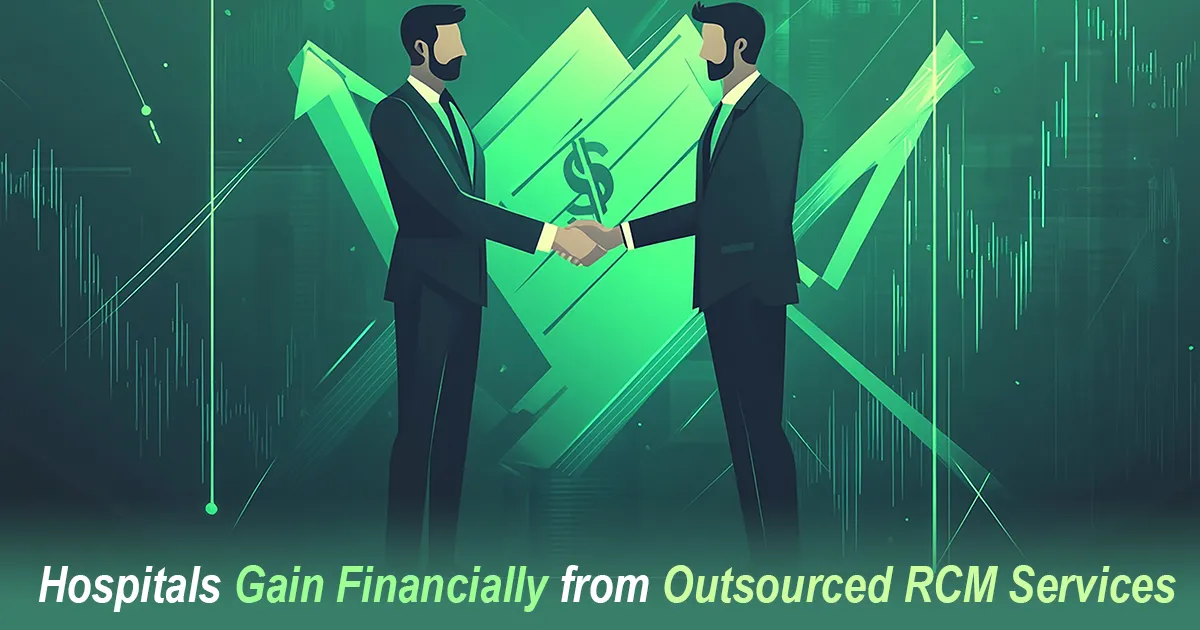
Posted Date: Jul 22, 2025
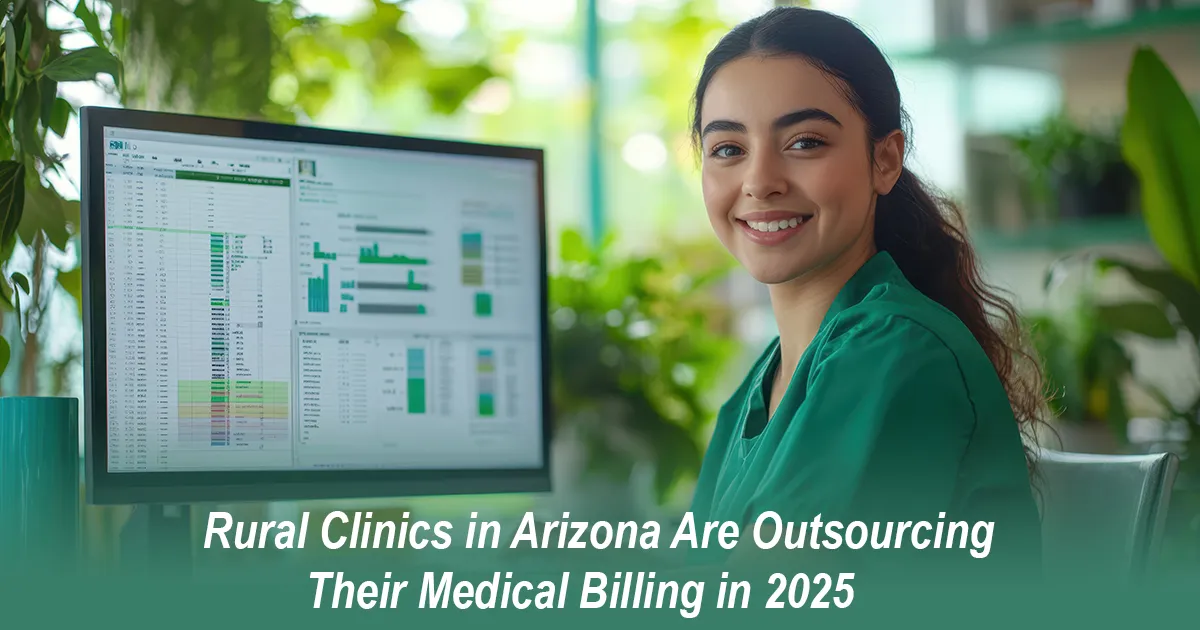
Posted Date: Jul 23, 2025
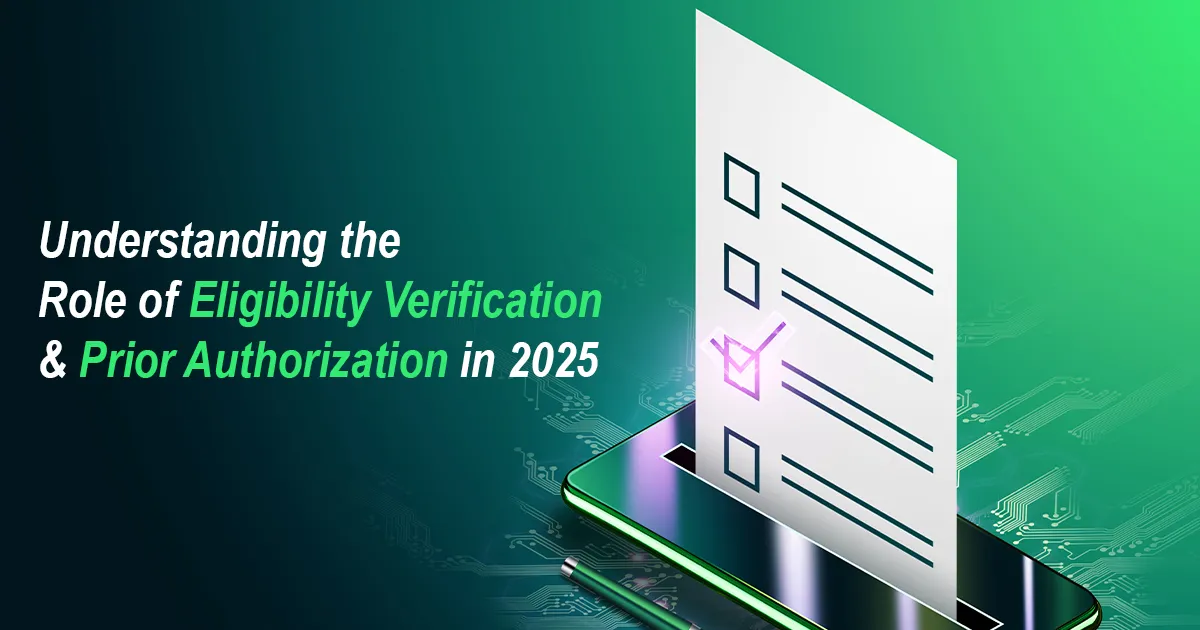
Posted Date: Jul 25, 2025
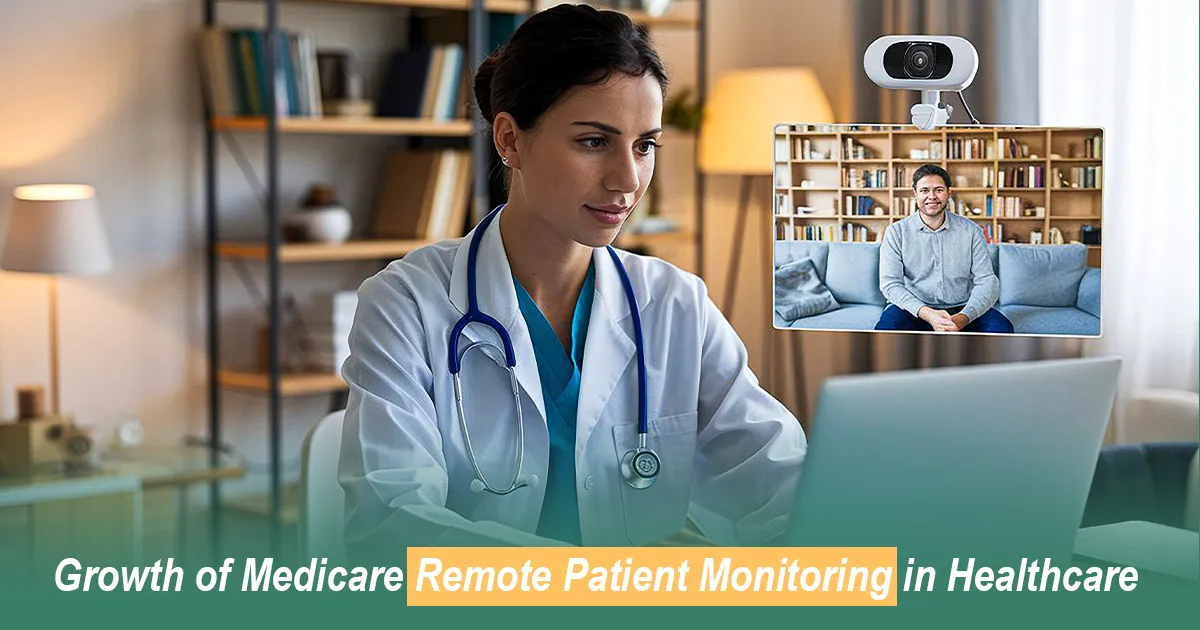
Posted Date: Jul 28, 2025

Posted Date: Aug 01, 2025
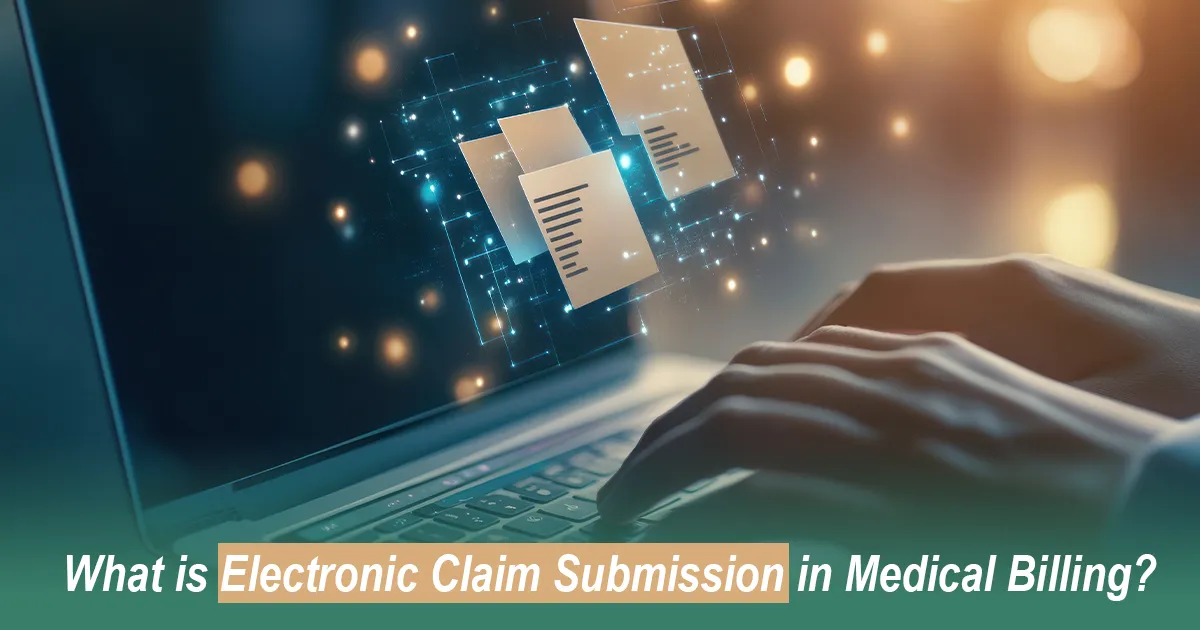
Posted Date: Aug 04, 2025

Posted Date: Aug 06, 2025
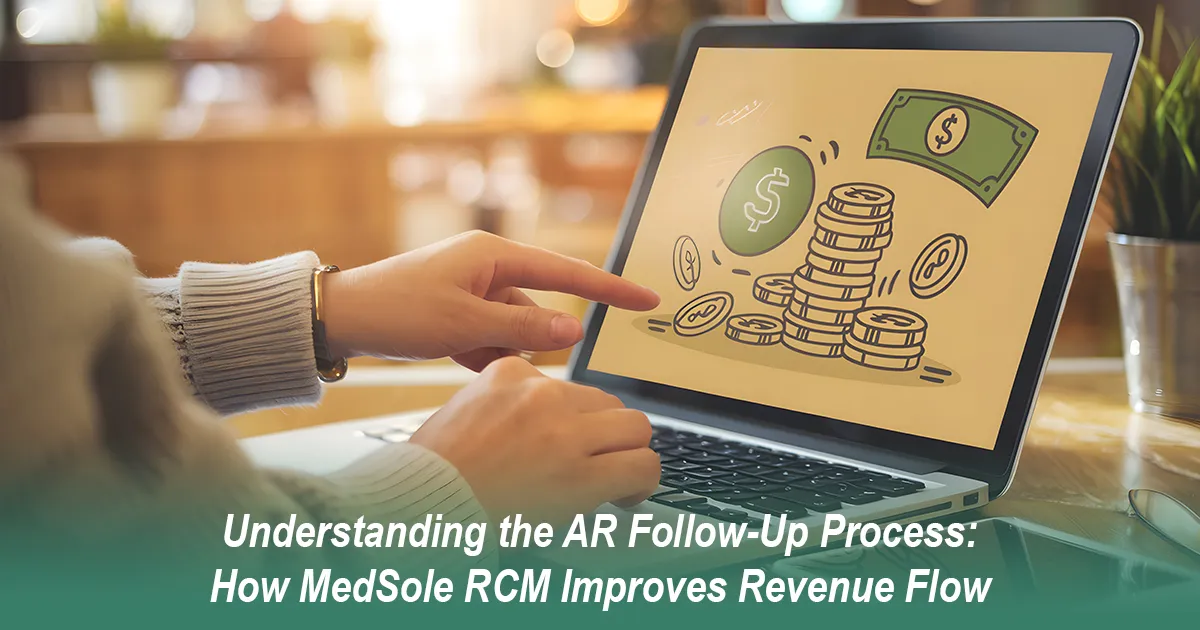
Posted Date: Aug 08, 2025
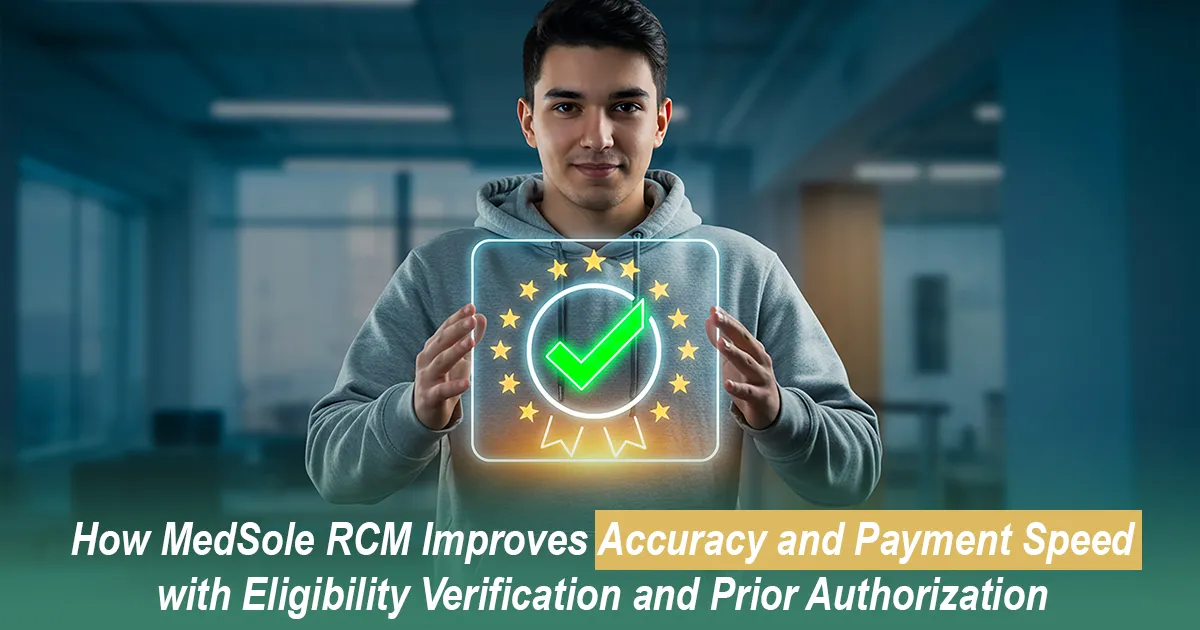
Posted Date: Aug 11, 2025
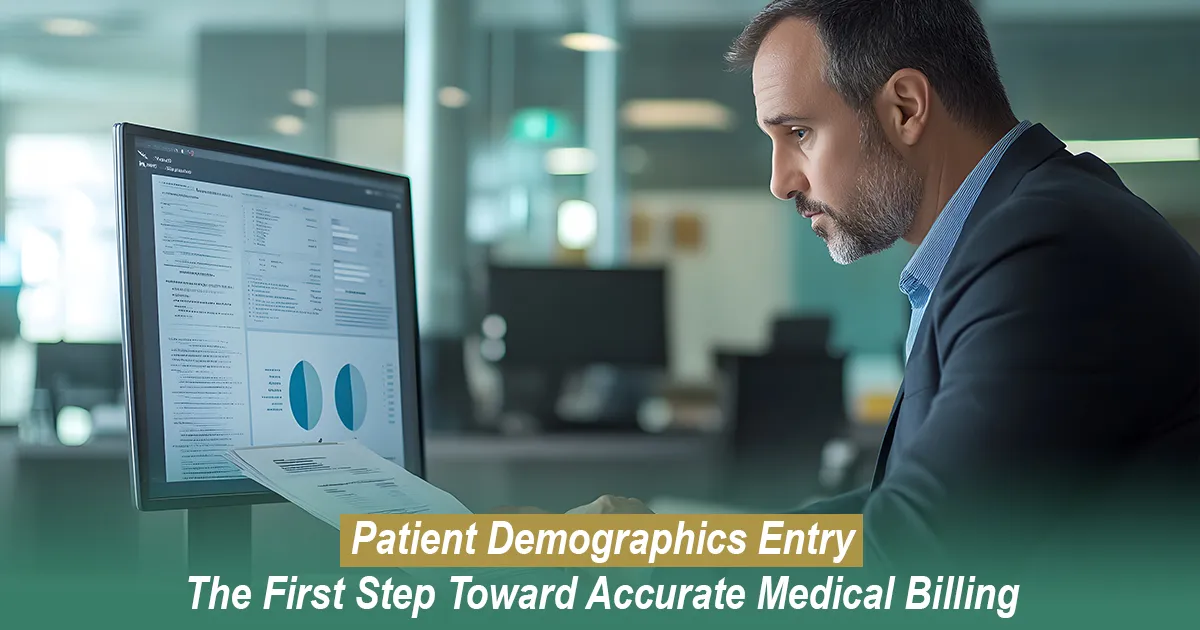
Posted Date: Aug 14, 2025

Posted Date: Aug 18, 2025
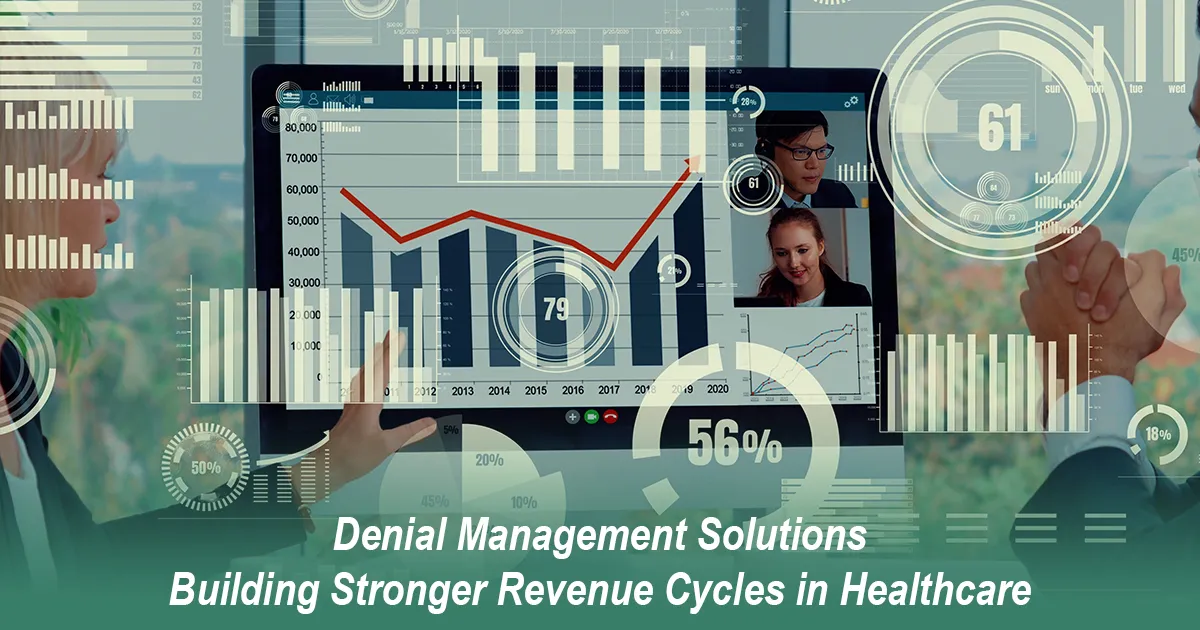
Posted Date: Aug 20, 2025
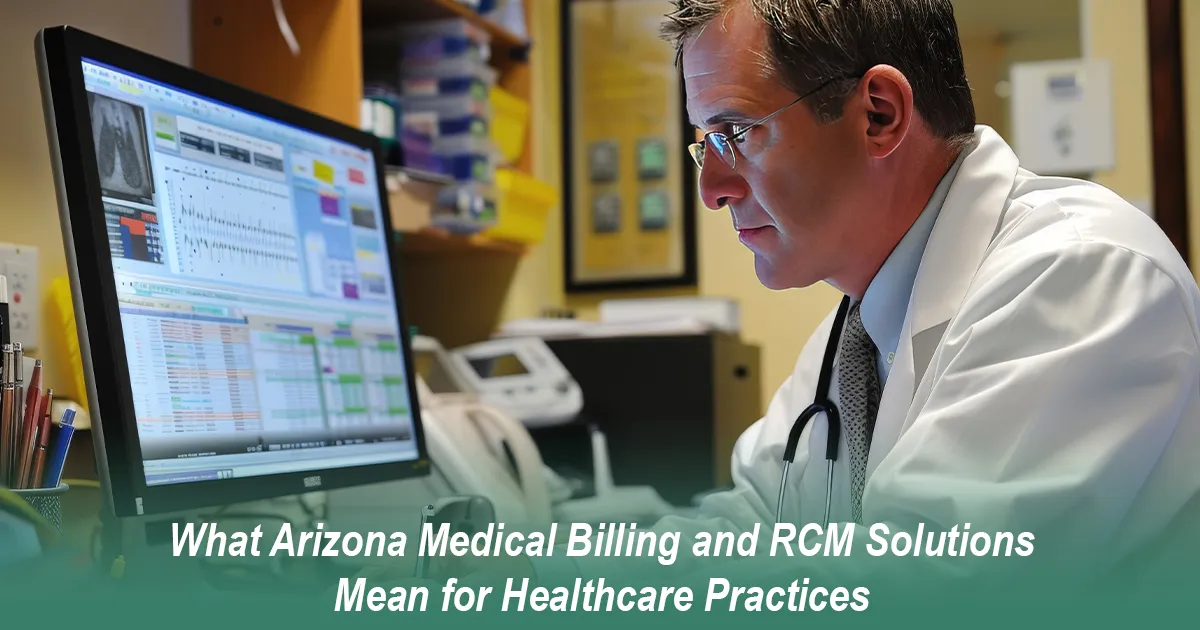
Posted Date: Aug 25, 2025
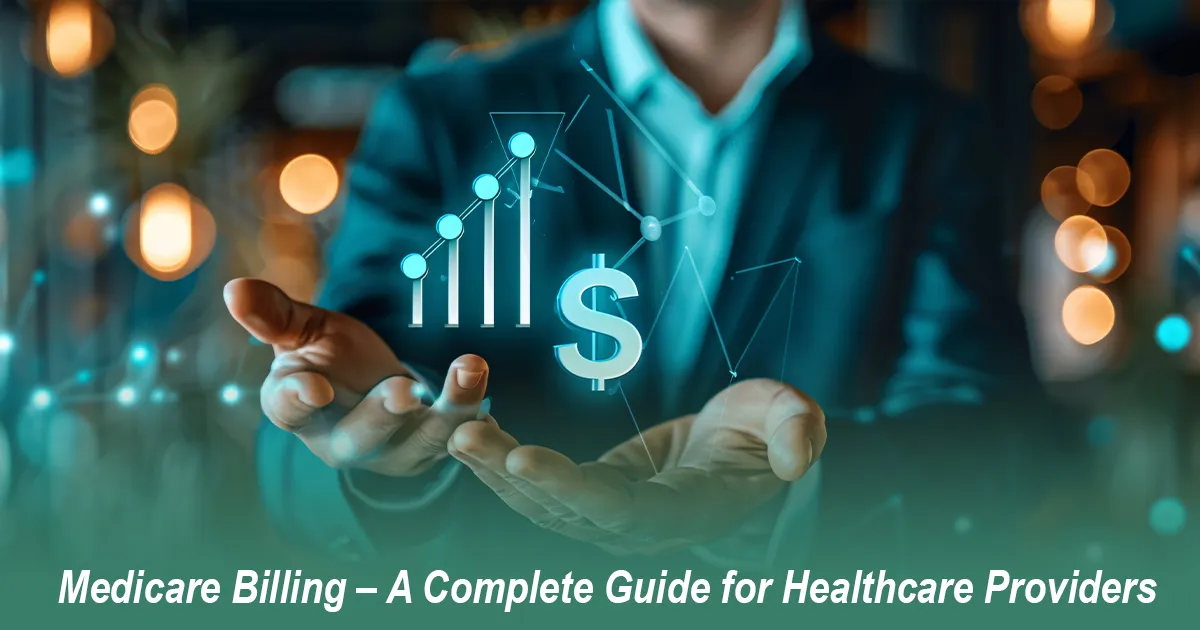
Posted Date: Aug 27, 2025
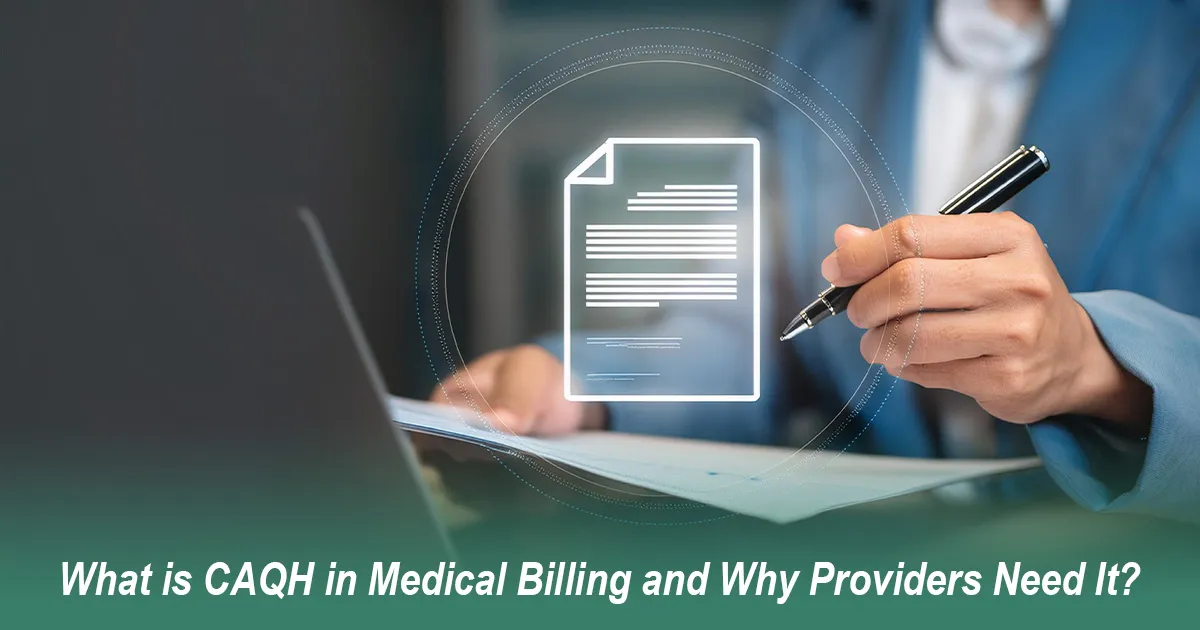
Posted Date: Aug 29, 2025
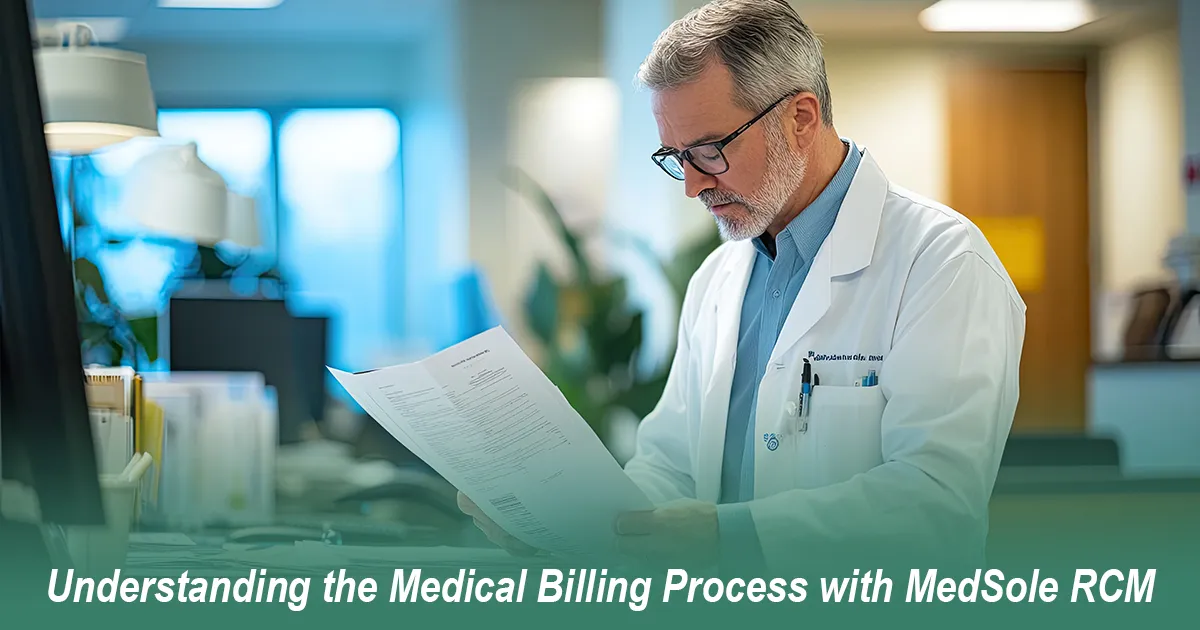
Posted Date: Sep 03, 2025
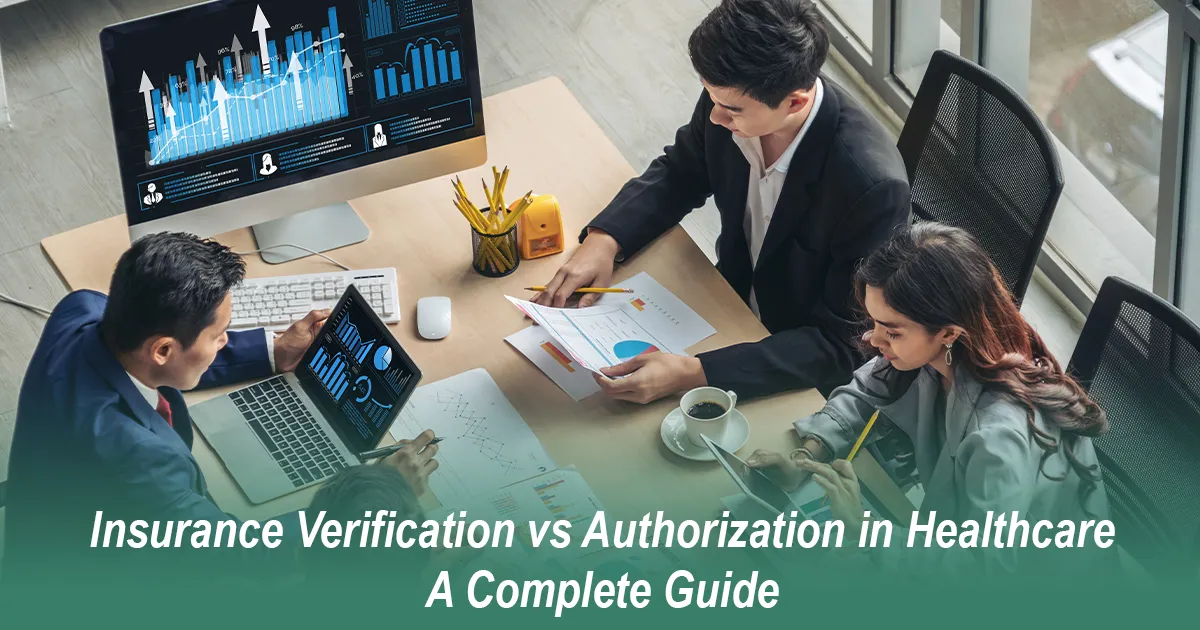
Posted Date: Sep 05, 2025

Posted Date: Sep 08, 2025
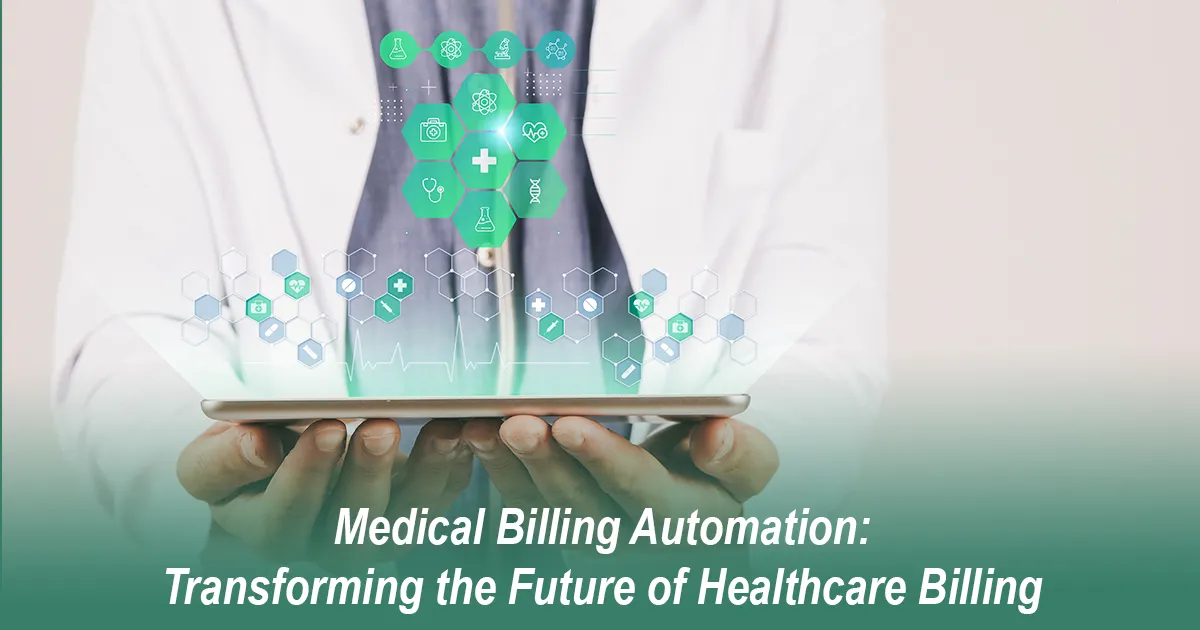
Posted Date: Sep 15, 2025
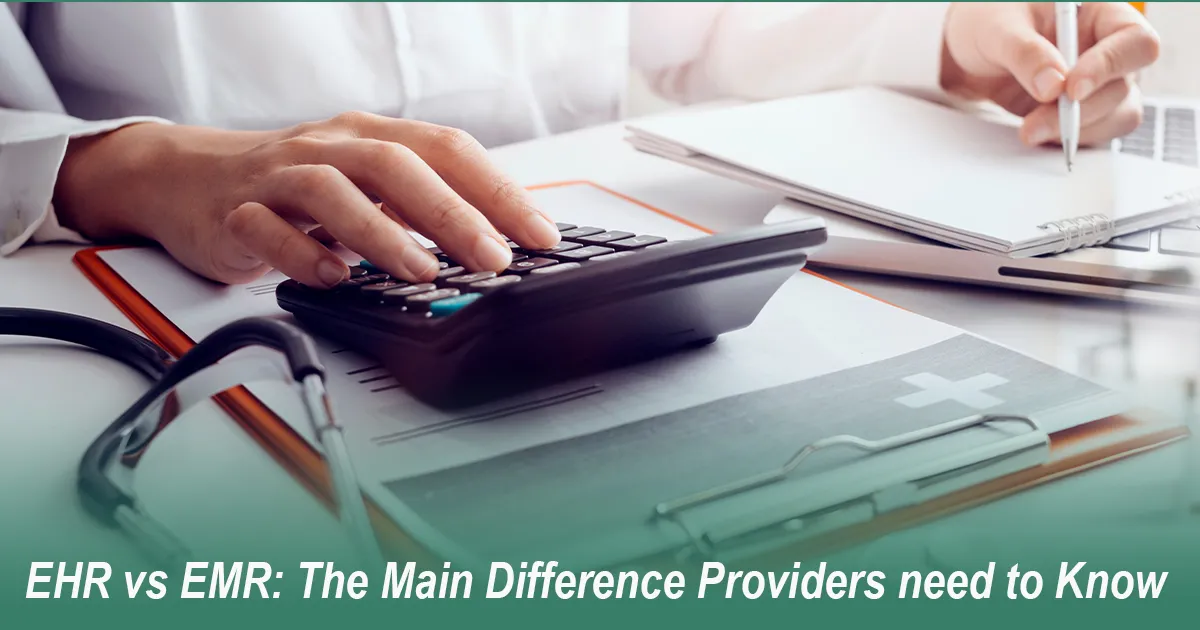
Posted Date: Sep 18, 2025

Posted Date: Sep 22, 2025

Posted Date: Sep 24, 2025

Posted Date: Sep 26, 2025
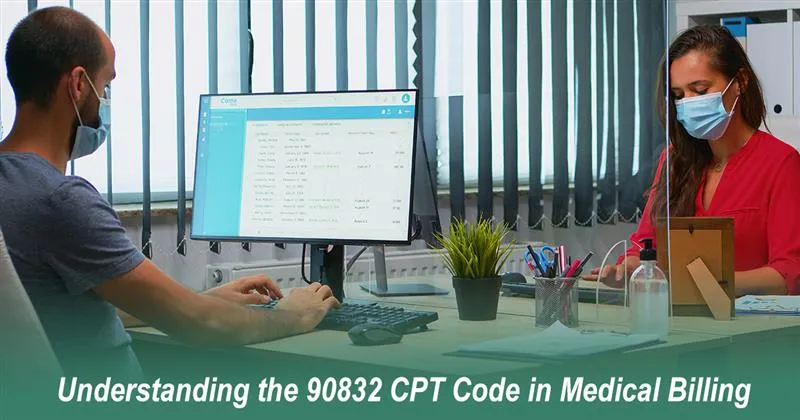
Posted Date: Sep 29, 2025
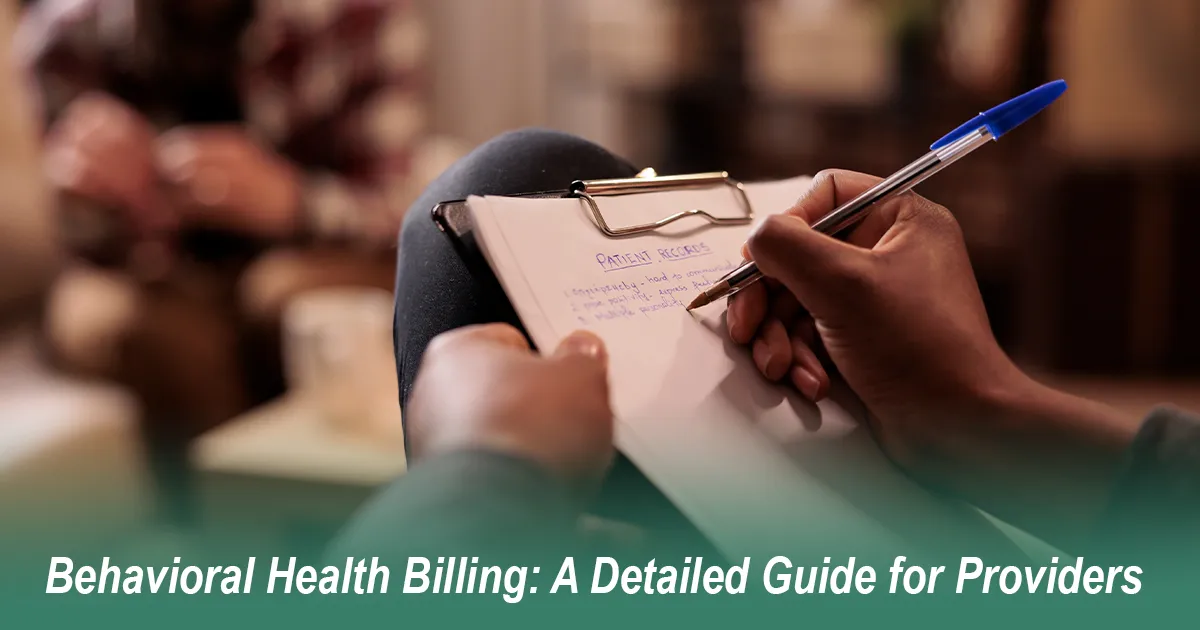
Posted Date: Oct 02, 2025
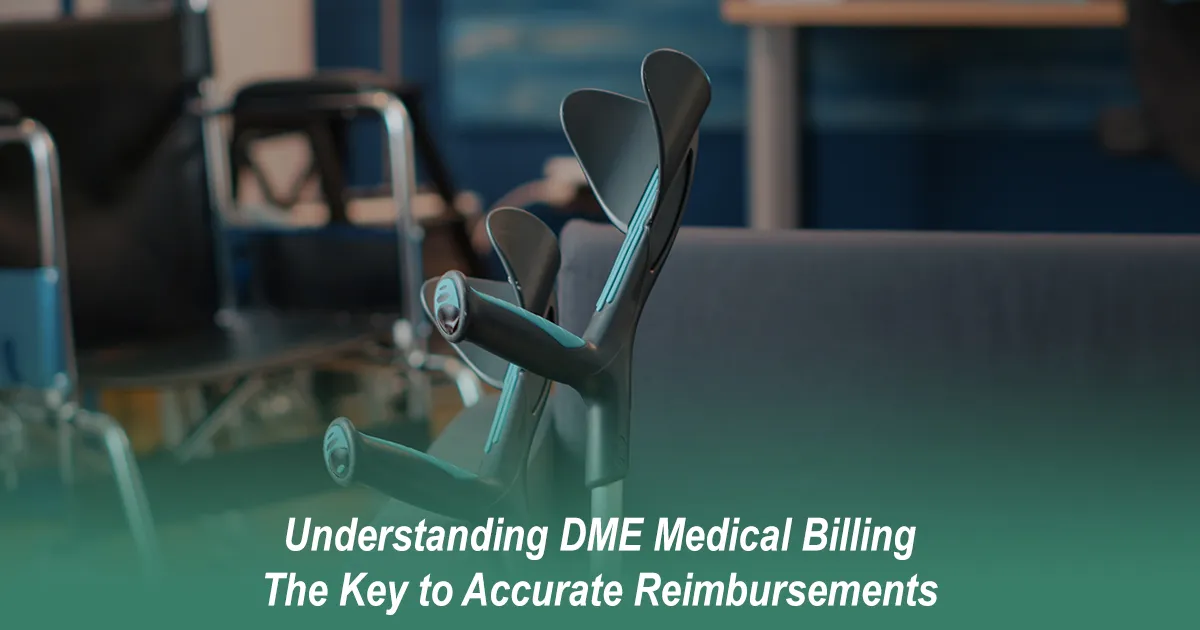
Posted Date: Oct 13, 2025

Posted Date: Oct 16, 2025
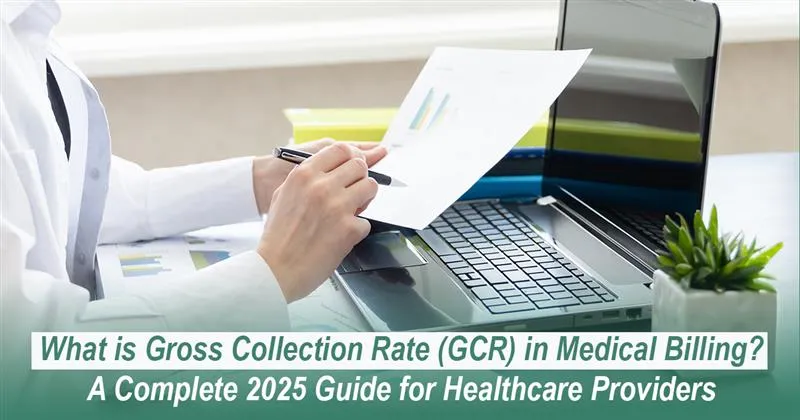
Posted Date: Oct 23, 2025
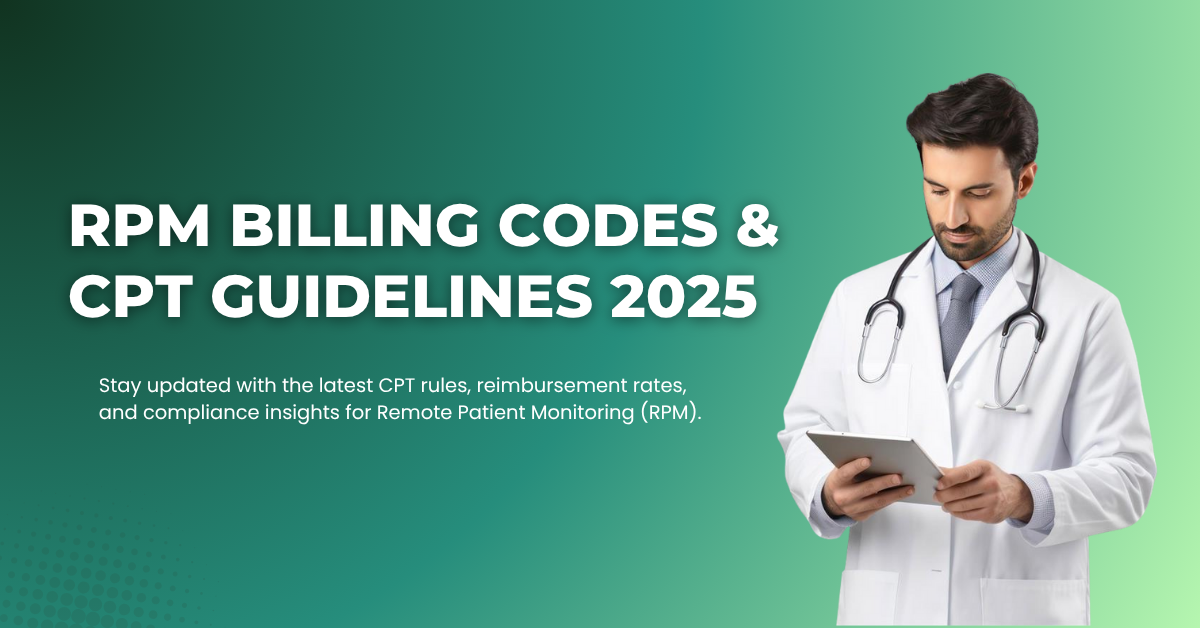
Posted Date: Oct 27, 2025
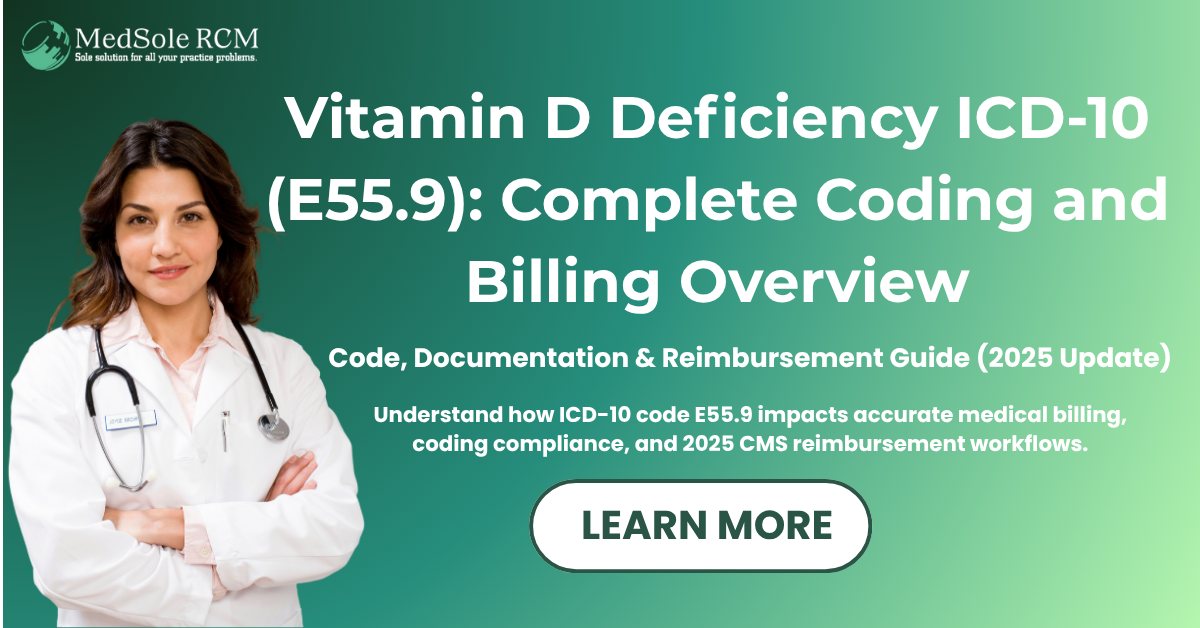
Posted Date: Oct 28, 2025
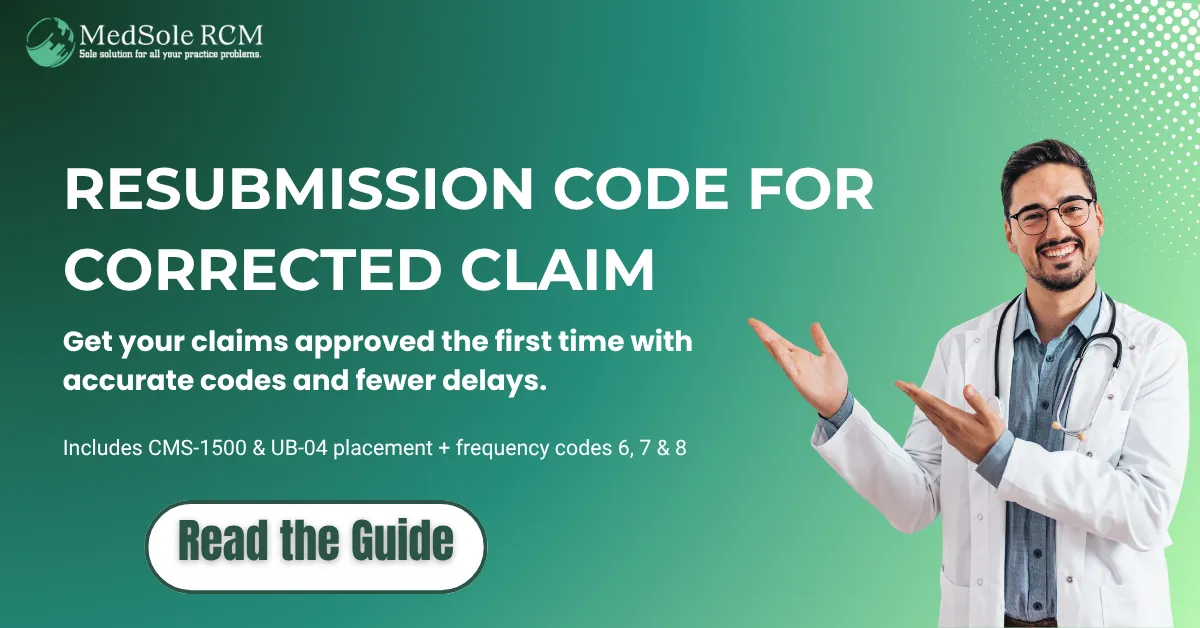
Posted Date: Oct 30, 2025
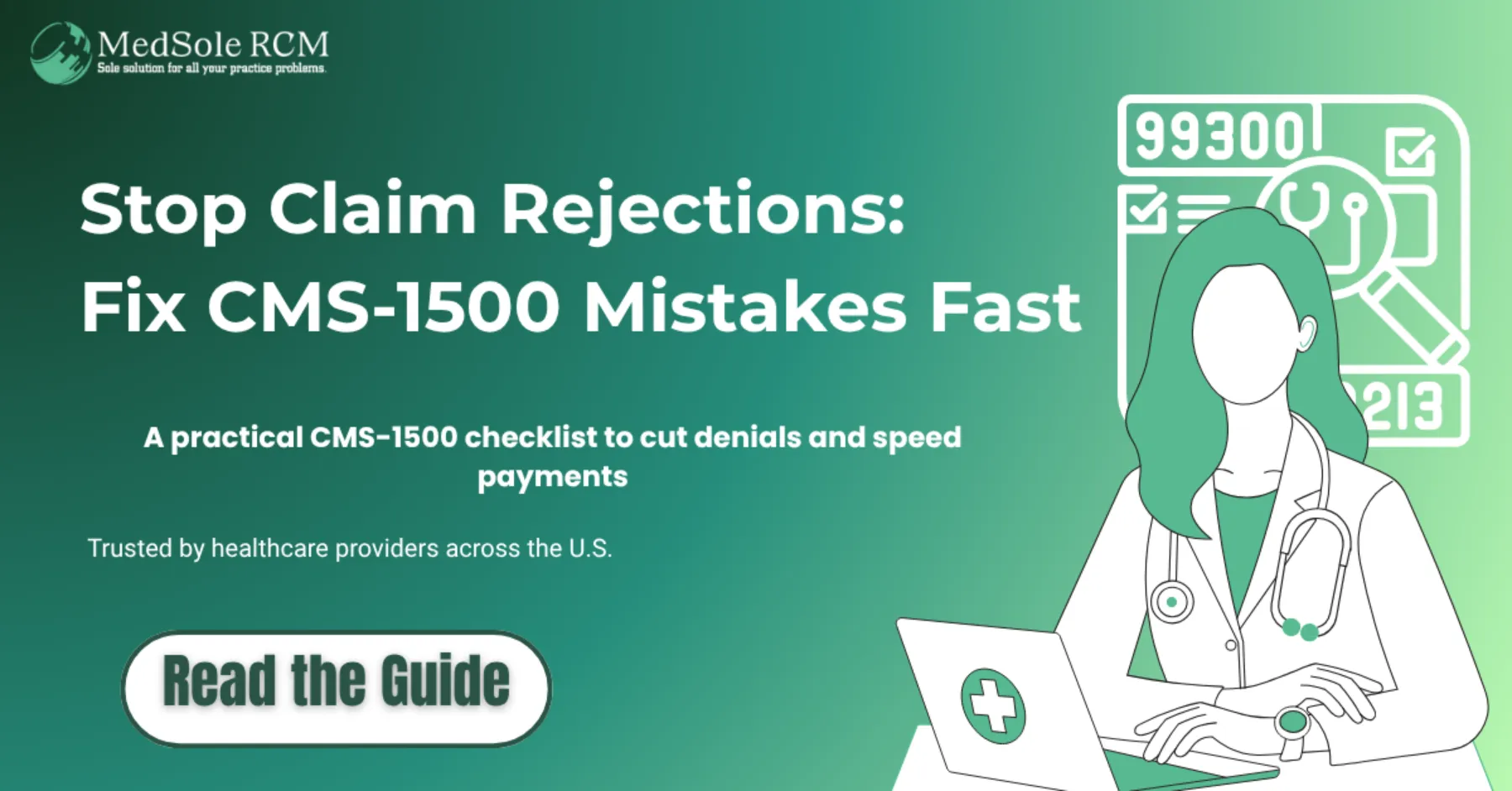
Posted Date: Oct 31, 2025
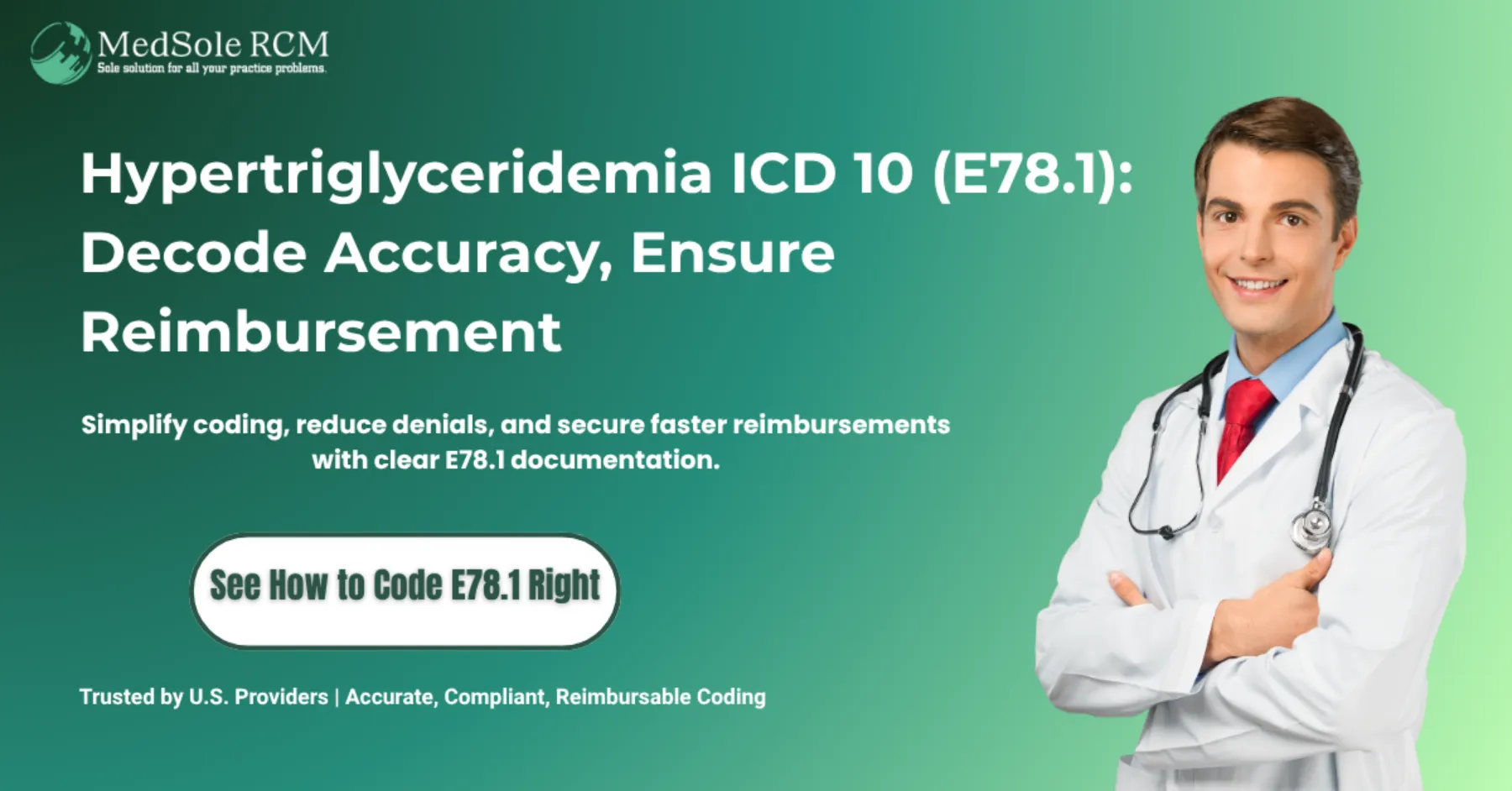
Posted Date: Nov 03, 2025
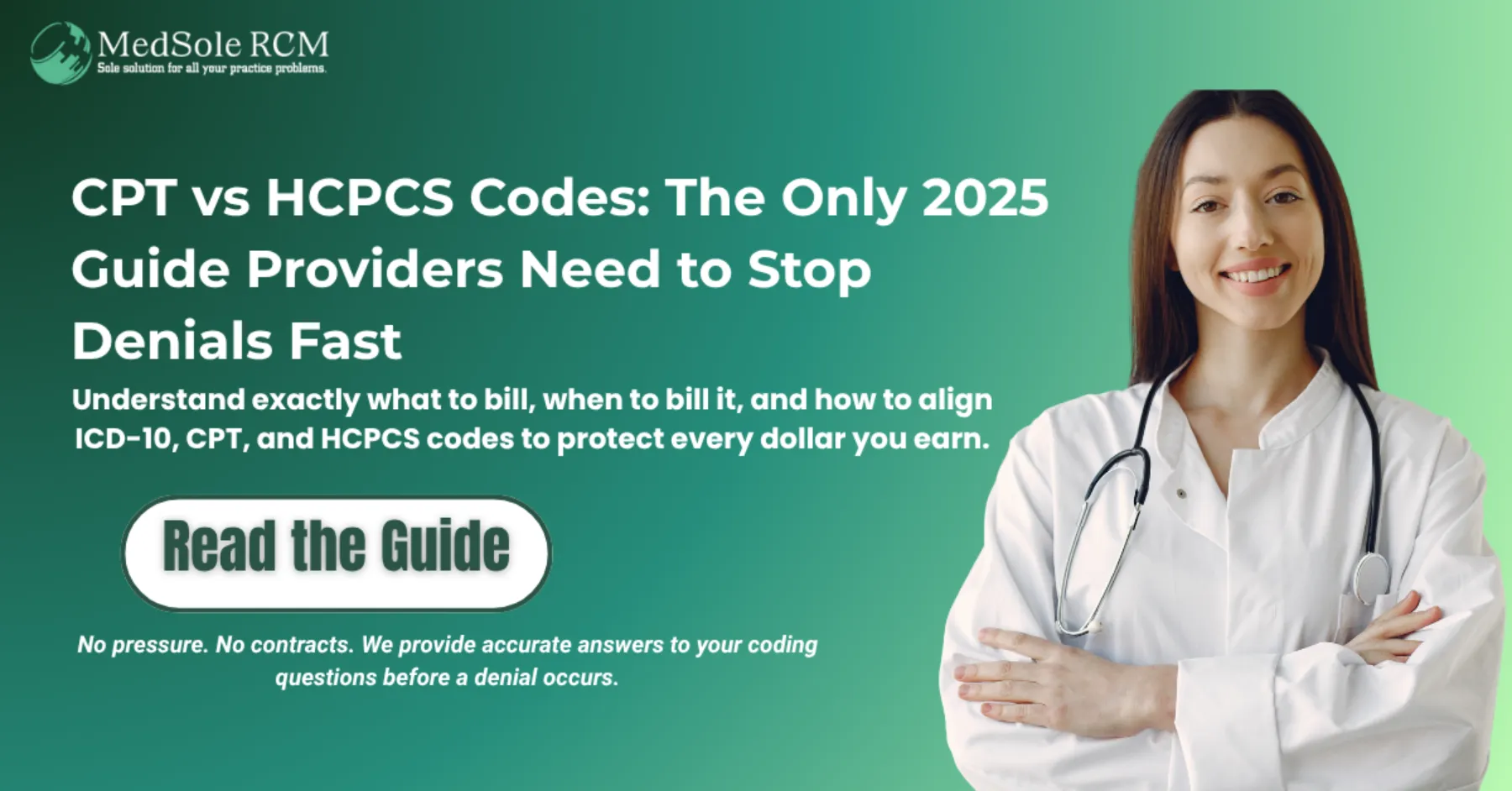
Posted Date: Nov 05, 2025
_11zon.webp)
Posted Date: Nov 11, 2025
.webp)
Posted Date: Nov 14, 2025